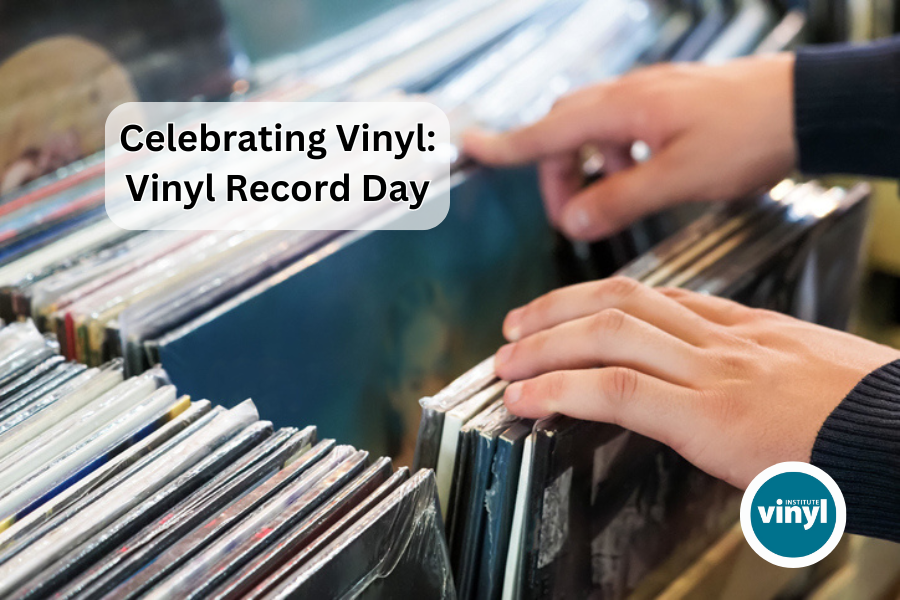This website uses cookies so that we can provide you with the best user experience possible. Cookie information is stored in your browser and performs functions such as recognising you when you return to our website and helping our team to understand which sections of the website you find most interesting and useful.
News
Celebrating National Vinyl Record Day
In August every year, music enthusiasts come together to celebrate National Vinyl Record Day. This annual event pays homage to a format that revolutionized how we experience music. Vinyl records hold an important place in music history. To fully appreciate National Vinyl Record Day, it’s worth exploring the evolution of vinyl records and their impact on the world of music.
Thomas Edison’s invention of the phonograph set the invention of the vinyl record in motion. The early phonographs used wax cylinders to capture and play sound, which were later replaced by flat discs made from shellac. Although groundbreaking, these records were brittle and had limited playtime. It wasn’t until the late 1940s that the modern vinyl record, as we know it, came into being.
Vinyl, a flexible plastic, offered several advantages over shellac. It was more durable, less prone to breakage, and could hold more grooves, allowing for longer playback times. Vinyl records are so durable, in fact, that when stored properly – they can last for decades. Some have been cared for and passed down through generations – all thanks to the durability of vinyl as a material.
Its improvements over prior materials made it an ideal medium for the growing post-war music industry. In 1948, Columbia Records released the first 33 1/3 RPM long-playing (LP) record, which could hold multiple tracks on each side. For the first time, listeners could enjoy an entire album without constantly changing records.
The 45 RPM single, introduced in 1949, also played a large role in the vinyl era. The 45 was designed for single tracks, and its smaller size made it more convenient for consumers and radio stations alike. Together with the 33 1/3 RPM LP, the 45 RPM single defined the music landscape of the 1950s and 1960s.
As time passed, vinyl records faced competition from newer formats such as cassette tapes, CDs, and digital downloads. Each of these innovations promised improved sound quality and greater convenience. However, despite these advancements, vinyl never disappeared. Its unique sound quality and experience ensured its place in music.
In the early 2000s, vinyl saw a remarkable resurgence. This revival wasn’t just about nostalgia; it was a reaction to the sterile sound of digital formats and a renewed appreciation for the physical experience of handling records. Collectors and new generations alike were drawn to the ritual of playing vinyl—taking out the record, placing it on the turntable, and carefully lowering the needle. The larger album artwork and the physicality of the vinyl itself offered a sense of connection to the music that digital files often lack.
Today, vinyl records are more popular than they’ve been in decades. Record stores have experienced a renaissance, with special editions, reissues, and new releases available on vinyl. National Vinyl Record Day serves as a reminder of the medium’s legacy and its continued relevance in a digital world.


